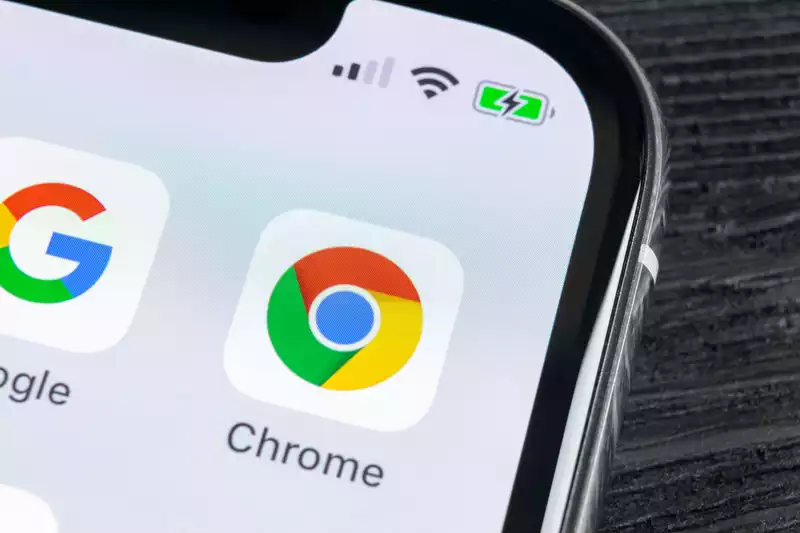Typing text on a touch screen is not the easiest thing in the world. In many cases, it is not a problem thanks to autocorrect, but URLs are a different story.
Fortunately, the Chrome mobile app is now able to detect possible typos in URLs and suggest alternatives. This is a feature that was released earlier this year on the desktop version of Chrome, but has proven to be more useful on cell phones. The biggest feature? This feature will also be available on Android and iOS.
The feature is part of a new accessibility push in Google products and services that Google announced Tuesday. who are dyslexic, still learning a language, or like me, have trouble typing on a mobile phone screen.
When typing a URL, it really helps to be able to navigate to where you need to go. After all, even a single typo can have a huge impact on your destination, like when you type "amazom" instead of "amazon.
It is also possible to end up on a site that is extremely unsafe for your job or intentionally malicious. Because you never know what you will find, the measures taken by Chrome to make sure you get to the right place can be a great help to anyone.
Maps are also set to get a bunch of additional accessibility features. At least one of them is the option to receive wheelchair accessible walking routes. This is currently deployed globally on Android and IOS, but Google must have the appropriate data.
Maps also provides more wheelchair accessibility information on business and location pages, and Maps Lens provides a screen reader that provides voice feedback all around you. This is currently being rolled out for iOS, but will be coming to Android later this year.
Customizable assistant routines are also on the way, as well as better accessibility to the camera in Google Pixels. This includes a new magnifier app and "Guided Frame" for the camera. This uses audio, high-contrast animations, and tactile feedback to guide the phone into place, allowing blind and low-vision people to take great pictures. This feature works with the front and rear cameras and can recognize faces, documents, pets, and food.
The magnifier is available in Google Play on the Pixel 5 and later, but not on the Pixel Fold; Guided Frame is already on the Pixel 8 and will be available on the Pixel 6 and later devices later this year.










Comments